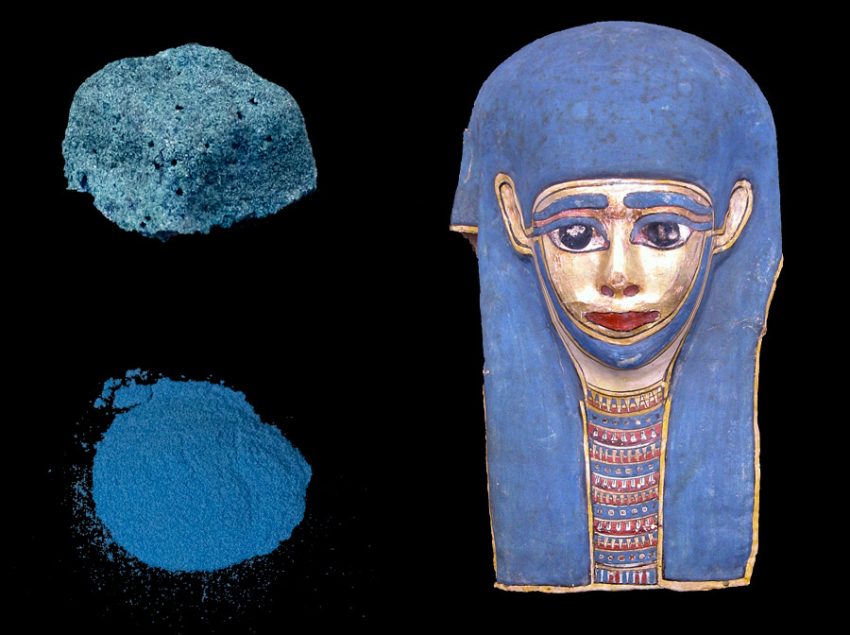langerhanscellhistiocytosis.org – The history of color is a vibrant tapestry that spans millennia, reflecting the evolution of human culture and technology. From the earliest cave paintings to the digital displays of today, the quest for color has driven innovation and artistic expression. This article explores the journey from ancient pigments to modern colorants, highlighting key milestones and the impact of color on society.
Ancient Pigments: The Dawn of Color Use
The earliest known use of color dates back to prehistoric times, with cave paintings that used natural pigments like ochre and charcoal. These primitive colorants were created by grinding minerals and plants into powders, which were then mixed with binders like animal fat to create paints.
Egyptian and Greek Contributions
Ancient Egyptians and Greeks made significant advancements in color technology. Egyptians developed a range of pigments, including the famous blue frit, a glass-like material used to create a brilliant blue color. The Greeks, on the other hand, were known for their use of lapis lazuli to create the deep blue pigment ultramarine, which was highly valued for its beauty and durability.
The Renaissance and the Birth of Modern Colorants
The Renaissance period saw a renaissance in color use, with artists like Leonardo da Vinci and Michelangelo demanding a wider palette of pigments. This era witnessed the development of oil paints, which allowed for greater color depth and luminosity. The discovery of new pigments, such as vermilion and cadmium yellow, expanded the artistic possibilities even further.
Industrial Revolution and the Mass Production of Colors
The Industrial Revolution brought about significant changes in color production. The invention of synthetic dyes, such as mauveine in 1856 by William Henry Perkin, revolutionized the textile industry and made bright, affordable colors accessible to the masses. This period also saw the development of aniline dyes, which led to a burst of color in fashion and design.
The 20th Century: From Synthetic Pigments to Digital Color
The 20th century was marked by the creation of synthetic pigments that could withstand the test of time and the elements. The invention of acrylic paints in the mid-20th century provided artists with a versatile medium that could be used on a variety of surfaces. Meanwhile, the advent of digital technology in the late 20th century introduced a new realm of color possibilities, with digital displays and printers capable of reproducing millions of colors.
Contemporary Color Science
Today, color science is a sophisticated field that encompasses chemistry, physics, and psychology. Modern colorants are designed with specific properties in mind, such as lightfastness, opacity, and environmental safety. The development of nanotechnology and bio-based pigments is pushing the boundaries of color even further, promising new applications in industries ranging from fashion to medicine.
Conclusion
The history of color is a testament to human ingenuity and creativity. From the rudimentary pigments of our ancestors to the advanced colorants of today, the pursuit of color has been a driving force in the development of art, industry, and technology. As we continue to innovate, the story of color will undoubtedly unfold with even more vibrant chapters.

